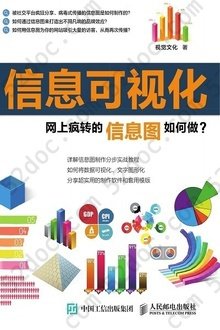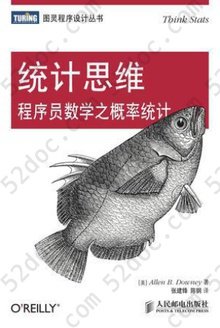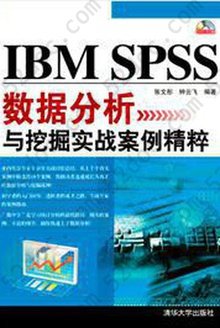注重体验与质量的电子书资源下载网站
分类于: 设计 互联网
简介

Causal Inference for Statistics, Social, and Biomedical Sciences: An Introduction 豆 9.1分
资源最后更新于 2020-09-05 22:06:41
作者:Guido W. Imbens
出版社:Cambridge University Press
出版日期:2015-01
ISBN:9780521885881
文件格式: pdf
标签: 计量经济学 统计 Statistics Econometrics 科学研究 方法论 因果推断 Methodology
简介· · · · · ·
Most questions in social and biomedical sciences are causal in nature: what would happen to individuals, or to groups, if part of their environment were changed? In this groundbreaking text, two world-renowned experts present statistical methods for studying such questions. This book starts with the notion of potential outcomes, each corresponding to the outcome that would be r...
目录
Part I. Introduction:
1. The basic framework: potential outcomes, stability, and the assignment mechanism
2. A brief history of the potential-outcome approach to causal inference
3. A taxonomy of assignment mechanisms
Part II. Classical Randomized Experiments:
4. A taxonomy of classical randomized experiments
5. Fisher's exact P-values for completely randomized experiments
6. Neyman's repeated sampling approach to completely randomized experiments
7. Regression methods for completely randomized experiments
8. Model-based inference in completely randomized experiments
9. Stratified randomized experiments
10. Paired randomized experiments
11. Case study: an experimental evaluation of a labor-market program
Part III. Regular Assignment Mechanisms: Design:
12. Unconfounded treatment assignment
13. Estimating the propensity score
14. Assessing overlap in covariate distributions
15. Design in observational studies: matching to ensure balance in covariate distributions
16. Design in observational studies: trimming to ensure balance in covariate distributions
Part IV. Regular Assignment Mechanisms: Analysis:
17. Subclassification on the propensity score
18. Matching estimators (Card-Krueger data)
19. Estimating the variance of estimators under unconfoundedness
20. Alternative estimands
Part V. Regular Assignment Mechanisms: Supplementary Analyses:
21. Assessing the unconfoundedness assumption
22. Sensitivity analysis and bounds
Part VI. Regular Assignment Mechanisms with Noncompliance: Analysis:
23. Instrumental-variables analysis of randomized experiments with one-sided noncompliance
24. Instrumental-variables analysis of randomized experiments with two-sided noncompliance
25. Model-based analyses with instrumental variables
Part VII. Conclusion:
26. Conclusions and extensions.
1. The basic framework: potential outcomes, stability, and the assignment mechanism
2. A brief history of the potential-outcome approach to causal inference
3. A taxonomy of assignment mechanisms
Part II. Classical Randomized Experiments:
4. A taxonomy of classical randomized experiments
5. Fisher's exact P-values for completely randomized experiments
6. Neyman's repeated sampling approach to completely randomized experiments
7. Regression methods for completely randomized experiments
8. Model-based inference in completely randomized experiments
9. Stratified randomized experiments
10. Paired randomized experiments
11. Case study: an experimental evaluation of a labor-market program
Part III. Regular Assignment Mechanisms: Design:
12. Unconfounded treatment assignment
13. Estimating the propensity score
14. Assessing overlap in covariate distributions
15. Design in observational studies: matching to ensure balance in covariate distributions
16. Design in observational studies: trimming to ensure balance in covariate distributions
Part IV. Regular Assignment Mechanisms: Analysis:
17. Subclassification on the propensity score
18. Matching estimators (Card-Krueger data)
19. Estimating the variance of estimators under unconfoundedness
20. Alternative estimands
Part V. Regular Assignment Mechanisms: Supplementary Analyses:
21. Assessing the unconfoundedness assumption
22. Sensitivity analysis and bounds
Part VI. Regular Assignment Mechanisms with Noncompliance: Analysis:
23. Instrumental-variables analysis of randomized experiments with one-sided noncompliance
24. Instrumental-variables analysis of randomized experiments with two-sided noncompliance
25. Model-based analyses with instrumental variables
Part VII. Conclusion:
26. Conclusions and extensions.







